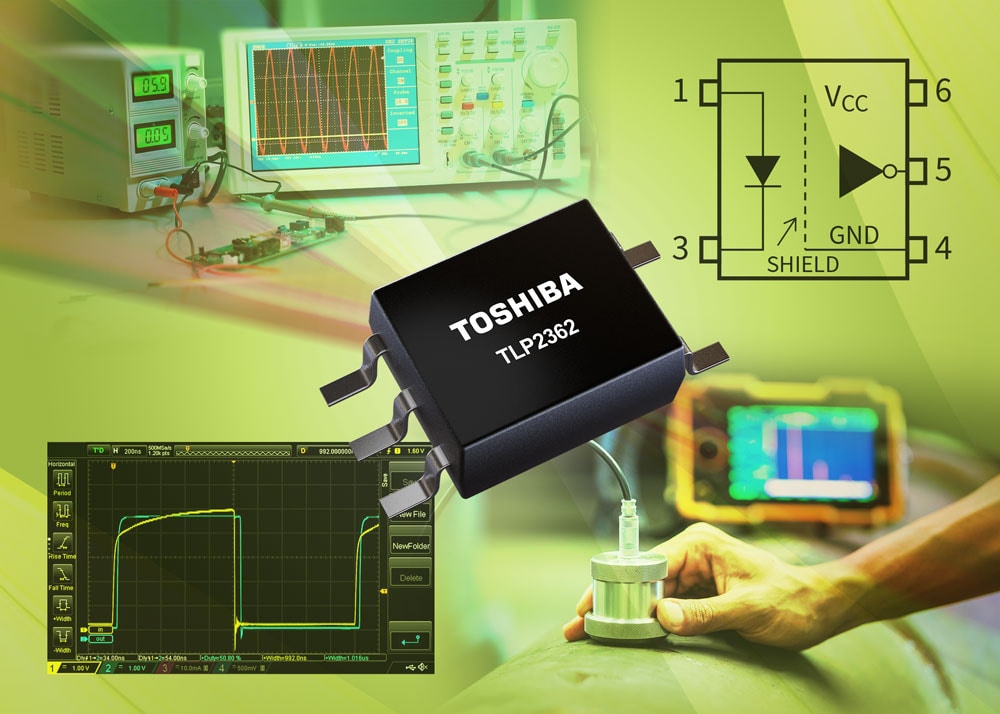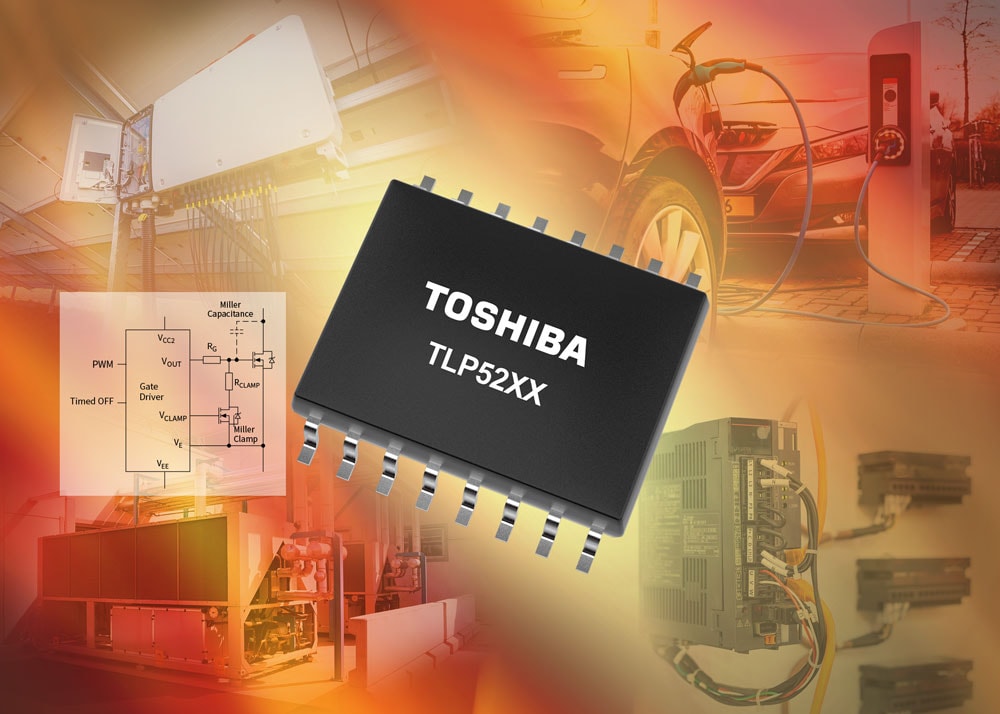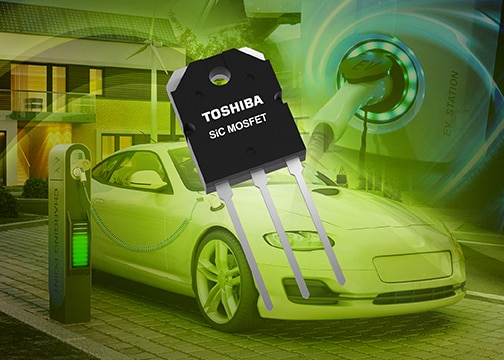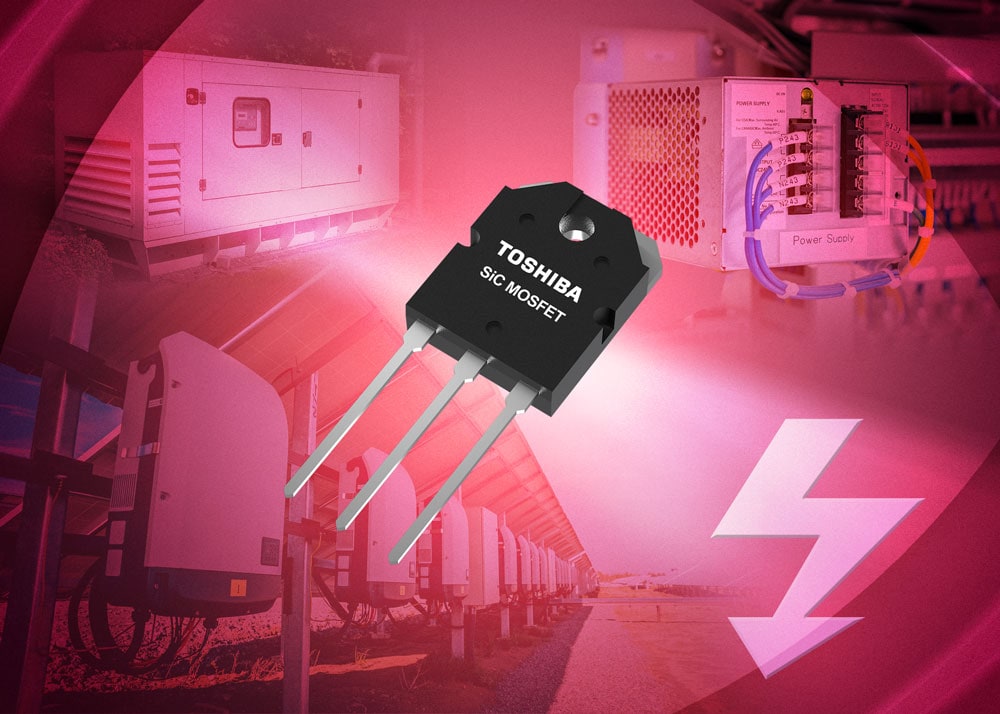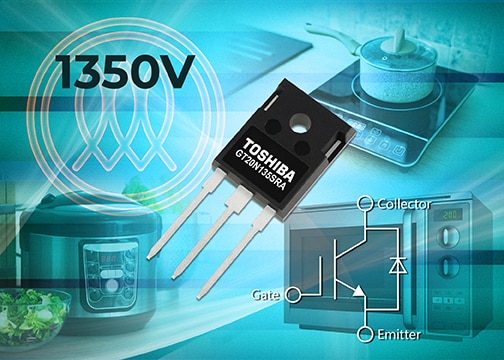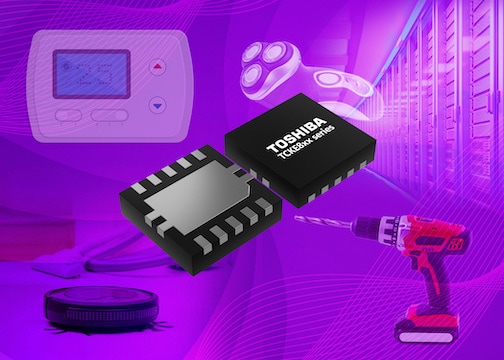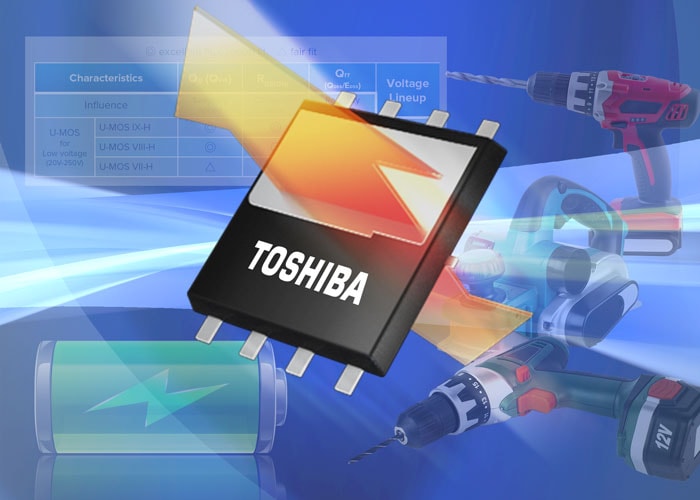- General Top
- SEMICONDUCTOR
- STORAGE
- COMPANY
-
My ToshibaSemicon
- Semiconductor Top
-
ApplicationsAutomotive
Body Electronics
xEV
In-Vehicle Infotainment
Advanced Driver-Assistance Systems (ADAS)
Chassis
IndustrialInfrastructure
BEMS/HEMS
Factory Automation
Commercial Equipment
Consumer/PersonalIoT Equipment
Healthcare
Wearable Device
Mobile
Computer Peripherals
-
ProductsAutomotive Devices
Discrete Semiconductor
Diodes
Transistors
Logic ICs
Analog Devices
Digital Devices
Wireless Devices
※
: Products list (parametric search)
Power SemiconductorsSiC Power Devices
※
: Products list (parametric search)
Isolators/Solid State RelaysPhotocouplers
Digital Isolators
Solid State Relays
Fiber Optic Transmitting Modules
※
: Products list (parametric search)
MOSFETsIGBTs/IEGTsBipolar Transistors※
: Products list (parametric search)
Diodes※
: Products list (parametric search)
MicrocontrollersMotor Driver ICsIntelligent Power ICs※
: Products list (parametric search)
Power Management ICsLinear ICs※
: Products list (parametric search)
General Purpose Logic ICsLinear Image SensorsOther Product ICsOther Product ICs
※
: Products list (parametric search)
-
Design & Development
Design & Development
Innovation Centre
At the Toshiba Innovation Centre we constantly strive to inspire you with our technologies and solutions. Discover how to place us at the heart of your innovations.
-
Knowledge
Knowledge
Highlighted Topics
Further Materials
Other
- Where To Buy
- Part Number & Keyword Search
- Cross Reference Search
- Parametric Search
- Stock Check & Purchase
This webpage doesn't work with Internet Explorer. Please use the latest version of Google Chrome, Microsoft Edge, Mozilla Firefox or Safari.
require 3 characters or more. Search for multiple part numbers fromhere.
The information presented in this cross reference is based on TOSHIBA's selection criteria and should be treated as a suggestion only. Please carefully review the latest versions of all relevant information on the TOSHIBA products, including without limitation data sheets and validate all operating parameters of the TOSHIBA products to ensure that the suggested TOSHIBA products are truly compatible with your design and application.Please note that this cross reference is based on TOSHIBA's estimate of compatibility with other manufacturers' products, based on other manufacturers' published data, at the time the data was collected.TOSHIBA is not responsible for any incorrect or incomplete information. Information is subject to change at any time without notice.
require 3 characters or more.
Implementing digital isolation in an industrial PLC

Many industrial applications require some form of galvanic isolation due to the range of voltages present as well as the electrical noise and spikes that can interfere with system operation.
There are multiple techniques available for providing galvanic isolation including optical, capacitive and magnetic coupling.
While individual optocoupler devices are small, multi-channel solutions can become bulky. Capacitive coupling is smaller but relies on the capacitor itself for isolation which can mean that some spikes are able to traverse the isolation gap. The magnetic approach was one of the earliest approaches but with transformers the solution is often bulky.
Advances in semiconductor technology have made it possible to integrate inductors into smaller chip-level packaging. Devices such as Toshiba’s DCL54x01 use this approach and comprise two co-packaged chips with one acting as a modulator and the other as a demodulator.
A double-isolation structure comprising two insulation layers ensures safe operation, even in the most extreme conditions.
In the industrial world, PLCs are commonly used, and each installation requires isolation for safe and reliable operation. Adding to the challenge, many PLCs now operate at higher frequencies than before.
The power module requires isolation for PWM control lines and signal lines used for monitoring operation. Multiple PWM signals may be required to avoid switching issues such as shoot-through, thereby increasing the need for parallel isolation channels.
Additionally, error signals returning to the controller will require reverse-direction capabilities in the isolation device. Other areas of the PLC including modules for motor control, analog input and digital I/O will also require isolation.
Toshiba’s highly flexible and capable DCL54x01 ensures the availability of industrial-strength, multi-channel isolation in a compact footprint.
Toshiba’s white paper on digital isolation for industrial designs (including PLCs) can be downloaded here:


